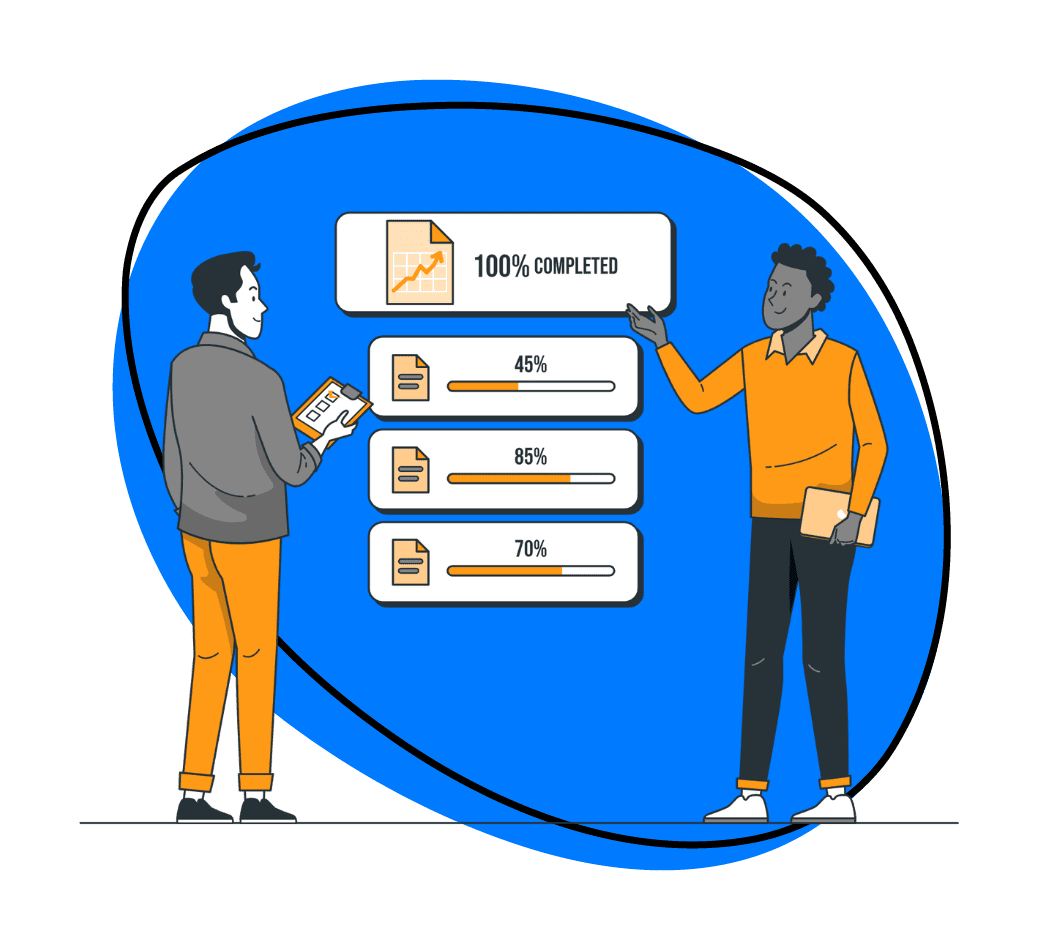Zight for Designers

Streamline Your Design Process
Use screenshots, annotations, GIFs, and video recordings to create an intuitive, personal and productive design process.

Communicate complex ideas in seconds.

Avoid wordy chat and emails threads.

Increase team collaboration and productivity.

Improve alignment and understanding.
Make Your Workflow Personal
Give your design process that human touch with personalized visual communication.
Embed Video Messages
Long paragraphs of explanatory text can be hard to write and hard to read. Give your team the information they need with personalized video messages and screen recordings that embed directly in Slack and your favorite collaboration tools.

Get Product Feedback
Use videos, GIFs or annotated screenshots to communicate feedback asynchronously with the rest of your team, and let them watch on their own time. Quickly send an option A and B to choose from, ask for changes with an arrow and a circle on a screenshot with a screen recording.

Walkthrough Product Demos
Captivate your audience and show them how your product works with a quick video recording. Add your webcam with sound to personalize your video message. Learn More

Improve Team Alignment
Alignment across functions and teams feels impossible when you know you have to write it out. With Zight you can document your process with one-click video messages and screen recordings to make sure everyone is on the same page. Give clarity, and improve productivity. Learn More

-

All-in-one App
No need to keep track of multiple solutions for screenshots, videos, screen recordings and gifs. Take a full or partial screenshot or dynamically record your screen as a video or gif in to a unified application.
-
Annotations
Add clarity with annotations. Use quick drawings, arrows, lines, emojis and other shapes. Blur any sensitive information or help bring attention to important details that might be overlooked or hard to find.
-

Analytics
Be in the know. See how many views and who has viewed your content. Weekly productivity reports help you recap your own productivity with the items viewed and time saved.
-

Embed
Easily embed content without having to write any code. Sharing methods offer an embed code you can easily copy and paste wherever you want your content to appear.
-

Collections
Create folders to store and organize your content creations. Find items faster, share items with team members easier.
-

Shortcuts
Have a workflow that works for you? Customize your shortcuts to whatever suits you in preferences.



Our Customers Love Us
Best. App. Ever. You’ve made supporting customers and training newer members of the team remotely so easy and simple. Thank you!
Janice Burch, Customer Support | Basecamp
I’m a big fan and have used it daily for many years now.
Mark DiCristina, VP of Marketing | Mailchimp
Zight lets us pinpoint what texts we are talking about and what part of the UI needs to be changed. And just cut out a lot of that back-and-forth in-between.
Christine Yen, Founder and CPO | Honeycomb
Zight for Every Team
Learn more ways teams are using Zight.

Enhance Communication

Product Management

Create Training Content that Engages and Empowers

Troubleshooting
The Ultimate Guide To Design
What is design?
Design is the process of envisioning and planning the creation of objects, systems, or solutions. It encompasses a wide range of activities and fields, including:
- Graphic Design: Creating visual content to communicate messages. This includes designing logos, brochures, advertisements, websites, and other visual media.
- Industrial Design: Developing concepts and designs for manufactured products, focusing on both function and aesthetics. This includes designing everything from household appliances to automobiles.
- Interior Design: Planning and designing interior spaces in buildings, considering aesthetics, functionality, and the occupants’ needs.
- Fashion Design: Creating clothing and accessories, balancing aesthetics, functionality, and the wearer’s needs and preferences.
- Architectural Design: Planning and designing buildings and structures, considering both form and function as well as safety, sustainability, and the environment.
- User Experience (UX) Design: Enhancing user satisfaction with a product by improving the usability, accessibility, and pleasure provided in the interaction with the product. This often involves digital interfaces, such as websites and applications.
- User Interface (UI) Design: Designing the visual layout and interactive elements of digital products, focusing on how the product looks and feels to the user.
- Service Design: Planning and organizing people, infrastructure, communication, and material components of a service to improve its quality and the interaction between the service provider and customers.
Design is both a creative and technical discipline, involving problem-solving, creativity, research, and often collaboration among various stakeholders. It requires an understanding of the intended user, the context of use, and the goals of the project.
What is product design?
Product design is the process of creating and developing new products that are functional, aesthetically pleasing, and meet the needs of users. It involves a combination of creativity, technical skills, and understanding of user behavior and market trends. Product design can apply to both physical products, such as electronics, furniture, and consumer goods, as well as digital products, like software and mobile applications.
Key aspects of product design include:
-
Ideation and Concept Development:
- Brainstorming: Generating a wide range of ideas and concepts for new products.
- Concept Sketching: Creating rough sketches and visual representations of product ideas.
- Research: Conducting market research, user research, and competitive analysis to understand the needs, preferences, and pain points of potential users.
-
Design and Prototyping:
- 3D Modeling: Using software tools to create detailed digital models of the product.
- Prototyping: Building physical or digital prototypes to test the form, function, and usability of the product.
- User Testing: Gathering feedback from users to refine and improve the design.
-
Engineering and Development:
- Material Selection: Choosing appropriate materials that balance cost, durability, and aesthetics.
- Manufacturing Considerations: Ensuring the design can be efficiently and cost-effectively manufactured.
- Technical Specifications: Defining the technical requirements and specifications for the product.
-
Aesthetics and Ergonomics:
- Visual Design: Focusing on the product’s appearance, including color, shape, and texture.
- Ergonomics: Ensuring the product is comfortable and easy to use, considering human factors and user interactions.
-
User Experience (UX) and User Interface (UI):
- UX Design: Enhancing the overall experience of using the product, focusing on usability, accessibility, and satisfaction.
- UI Design: Designing the interface and interactive elements of digital products to ensure they are intuitive and visually appealing.
-
Sustainability and Ethical Considerations:
- Environmental Impact: Considering the environmental impact of materials, production processes, and the product lifecycle.
- Ethical Design: Ensuring the product is designed ethically, respecting user privacy, safety, and well-being.
-
Commercialization:
- Marketing and Branding: Developing strategies to promote and market the product effectively.
- Packaging Design: Creating packaging that protects the product and enhances its appeal.
- Launch and Distribution: Planning the product launch and distribution channels to reach the target market.
Product design is an interdisciplinary field, often involving collaboration between designers, engineers, marketers, and other stakeholders to create products that are not only functional and appealing but also meet business objectives and user needs.
Graphic design is the art and practice of creating visual content to communicate messages. It involves combining images, text, and other visual elements to produce designs that capture attention, inform, and engage the audience. Graphic designers use a variety of tools and techniques to create visual compositions for a wide range of applications, including advertising, branding, web design, print media, and more.
Key aspects of graphic design include:
-
Typography:
- Font Selection: Choosing appropriate typefaces to convey the desired tone and message.
- Hierarchy: Organizing text in a way that guides the reader’s attention and emphasizes important information.
- Legibility: Ensuring text is easy to read and visually appealing.
-
Color Theory:
- Color Selection: Using colors to evoke emotions, convey messages, and create visual harmony.
- Color Harmony: Combining colors in a way that is aesthetically pleasing and effective for communication.
- Contrast: Using contrasting colors to highlight important elements and improve readability.
-
Layout and Composition:
- Grid Systems: Using grids to organize content and create a balanced and cohesive design.
- Balance: Distributing visual elements evenly to create a sense of stability.
- Alignment: Ensuring elements are properly aligned to create a clean and orderly design.
-
Imagery and Illustration:
- Photography: Incorporating photographs to enhance the message and add visual interest.
- Illustration: Creating custom illustrations to convey concepts and add a unique touch.
- Iconography: Designing icons to represent ideas and functions clearly and concisely.
-
Branding and Identity:
- Logo Design: Creating logos that represent a brand’s identity and values.
- Brand Guidelines: Developing guidelines to ensure consistent use of visual elements across all brand materials.
- Visual Identity: Creating a cohesive visual identity that reflects the brand’s personality and message.
-
Print Design:
- Brochures and Flyers: Designing printed materials for marketing and information dissemination.
- Posters and Billboards: Creating large-format designs for advertising and public display.
- Packaging: Designing packaging that protects the product and attracts customers.
-
Digital Design:
- Web Design: Creating visually appealing and user-friendly websites.
- Social Media Graphics: Designing graphics for social media platforms to engage and attract audiences.
- UI Design: Designing the visual elements of user interfaces for apps and software.
-
Tools and Software:
- Adobe Creative Suite: Using tools like Photoshop, Illustrator, and InDesign for creating and editing designs.
- Vector and Raster Graphics: Understanding the differences and applications of vector (scalable) and raster (pixel-based) graphics.
Graphic design is a dynamic and evolving field that requires a combination of creativity, technical skills, and an understanding of visual communication principles. It plays a crucial role in shaping how information is presented and perceived, influencing everything from marketing campaigns to user experiences on digital platforms.

How can design help brand?
Design can play a significant role in helping to build and strengthen your brand in several ways:
- Visual Identity: Design helps create a visual identity for your brand, including your logo, color scheme, typography, and overall aesthetic. Consistent use of these elements across all your branding materials helps to establish brand recognition and build trust with your audience.
- Brand Personality: Through design, you can convey the personality and values of your brand. Whether you want to appear friendly and approachable or professional and authoritative, design choices can help communicate these traits to your audience.
- Differentiation: Design can help differentiate your brand from competitors. A unique and memorable visual identity can help you stand out in a crowded marketplace and make a lasting impression on customers.
- Storytelling: Design can be used to tell the story of your brand. Through imagery, color, and typography choices, you can convey the history, mission, and values that define your brand.
- Consistency: Consistent design across all touchpoints helps to reinforce your brand identity and message. Whether it’s your website, social media, packaging, or advertising, consistent design creates a cohesive brand experience for your audience.
- User Experience: Design plays a crucial role in shaping the user experience of your products or services. A well-designed user experience can create positive associations with your brand and encourage customer loyalty.
- Emotional Connection: Design has the power to evoke emotions and create a connection with your audience. By using design to create compelling and memorable experiences, you can foster a deeper relationship with your customers.
- Perceived Value: High-quality design can enhance the perceived value of your products or services. Customers are often willing to pay more for products that are well-designed and visually appealing.
Overall, design is a powerful tool for building and strengthening your brand. By investing in thoughtful and strategic design, you can create a strong brand identity that resonates with your audience and sets you apart from the competition.
What are some common tools for design?
There are many tools available for different aspects of design. Here are some popular ones:
- Canva: Canva is a graphic design platform that allows users to create a wide range of visual content, including social media graphics, presentations, posters, and more. It offers a user-friendly interface and a vast library of templates, images, and fonts.
- Adobe Creative Cloud: Adobe offers a suite of design tools for graphic design, video editing, photography, and web development. Popular applications include Photoshop for image editing, Illustrator for vector graphics, and InDesign for layout design.
- Zight: Zight is a platform that offers design and productivity tools for remote work. It includes features such as task management, team collaboration, and document editing, aimed at improving workflow efficiency.
- Figma: Figma is a web-based design tool that is popular for its collaborative features. It allows multiple users to work on the same design in real-time, making it ideal for team projects.
- Sketch: Sketch is a design tool specifically for creating user interfaces and web designs. It is known for its ease of use and powerful features for creating interactive prototypes.
- Procreate: Procreate is a digital painting app for iPad that is popular among artists and illustrators. It offers a wide range of brushes and tools for creating digital artwork.
- Affinity Designer: Affinity Designer is a professional-grade vector graphics editor that is known for its speed and precision. It offers a wide range of tools for creating illustrations, icons, and other vector graphics.
- GIMP: GIMP (GNU Image Manipulation Program) is a free and open-source raster graphics editor. While it may not have all the features of Adobe Photoshop, it is a powerful tool for image editing and manipulation.
These are just a few examples, and there are many other design tools available, each with its own strengths and features. The best tool for you will depend on your specific needs and the type of design work you do.
What is Canva?
Canva is a powerful online graphic design tool that has gained immense popularity for its user-friendly interface and wide range of features. With Canva, users can create a variety of visual content, including social media graphics, presentations, posters, documents, and more, without needing any design experience.
One of the key features that sets Canva apart is its vast library of templates. These templates are professionally designed and cover a wide range of categories, such as business, education, marketing, and social media. Users can simply choose a template that fits their needs and customize it with their own text, images, and colors. This makes it easy to create visually appealing designs in a matter of minutes.
In addition to templates, Canva also offers a wide range of design elements that users can use to customize their designs. These include images, illustrations, icons, shapes, and more. Users can also upload their own images and graphics to use in their designs, giving them even more flexibility and customization options.
Another standout feature of Canva is its drag-and-drop interface, which makes it easy to position and resize elements within a design. This makes it simple for users to create complex layouts without needing to know how to use professional design software.
Canva also offers a variety of tools for editing photos and graphics. Users can adjust the brightness, contrast, and saturation of images, as well as apply filters and effects to achieve the desired look. This makes it easy to create professional-looking graphics without needing to use separate photo editing software.
Overall, Canva is a versatile and user-friendly tool that is ideal for individuals and businesses looking to create high-quality visual content. Its vast library of templates, design elements, and editing tools make it easy to create stunning designs for any purpose.
How Zight helps with design.
Zight can help with design in several ways, particularly in the context of remote work and collaboration. Here are some ways Zight can assist with design:
- Collaboration: Zight provides tools for team collaboration, allowing designers to work together on projects regardless of their physical location. This can include sharing design files, giving feedback, and collaborating in real-time on designs.
- Project Management: Zight offers project management features that can help designers stay organized and on track with their design projects. This can include task management, deadlines, and progress tracking.
- Feedback and Revisions: Zight can facilitate feedback and revisions on design projects, making it easy for team members and clients to provide comments and suggestions on designs. This can streamline the revision process and help ensure that designs meet the desired specifications.
- Asset Management: Zight can help with the management of design assets, such as images, graphics, and fonts. This can include organizing assets, making them easily accessible to team members, and ensuring that the correct versions of assets are used in designs.
- Integration with Design Tools: Zight can integrate with popular design tools, such as Adobe Creative Cloud, allowing designers to seamlessly incorporate Zight into their existing design workflow.
- Remote Work Support: Zight is designed to support remote work, providing tools and features that make it easier for designers to collaborate and communicate effectively, even when working from different locations.
Overall, Zight can help streamline the design process, improve collaboration among team members, and ensure that design projects are completed efficiently and effectively.








